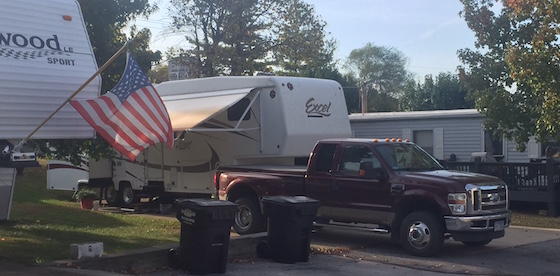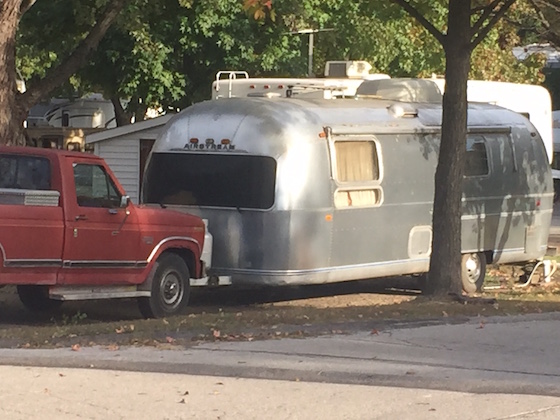RVs do float – but they’re not designed to. Floodplain and RVs do not get along well. So if you’re looking at buying an RV park that has “flood plain” shown on the survey, it cannot be taken lightly. Flood plain destroy your ability to obtain a loan, find a future buyer, and create huge liability for you with your customers. So here’s what you need to do when faced with flood plain.
What part of the park is actually affected?
The first question is “where exactly is the flood plain?” Not all flood plain is created equally. If you’re talking about the risk of flooding on the basketball court, then no big deal. If you’re talking the entrance, the clubhouse, or a bunch of lots, then that’s a huge deal. Flood plain is a science and you should be able to delineate the exact location of the flood threat. Do that, and see what’s really impacted.
How far would it go under water?
Are you talking 6 inches or 6 feet? That’s a huge difference, and something you need to know. We’ve seen flood plain issues that are laughable – water depth at flood stage would not even get up to your hubcap. While all flooding is a serious issue, we’re in the RV park business, and not the single-family home or apartment sector. When water is a foot deep in a typical RV park, there is no lasting damage, except greener grass when it recedes.
Is there a way to mitigate it?
You would be surprised at how many flood issues can be resolved quickly and easily with a little practical thought and capital. You can sometimes build a berm to remove the flood hazard, or some other man-made manner of mitigation. So before you get scared of the deal because flood plain has been detected, see if there is not a way to get rid of it altogether.
When’s the last time it actually flooded?
Let’s be honest, the Corp. of Engineers is just like any other governmental body – they are frequently wrong and take CYA to a new level. If you are buying a property in a flood plain designation and you talk to the city, the owner, and the neighbors and it has not flooded in 100 years, then the risk is probably miniscule. Some areas have naturally evolved over time such that the risk of flooding really no longer exists in the real world.
Have a plan if flooding happened
Every property owner – whether they have flood plain or net – needs to have an emergency plan in place if a problem should ever occur. If you know exactly where your risk of flooding is, and how deep it might be, you know what to expect in a worst-case scenario. If the back corner of the property is the danger zone, and it’s been raining a lot with more to come, then you might be smart not to put any RVs in that back corner. If you had to put them there because you were full, you would want to pay special attention to see if the flooding was showing any signs of beginning, and then get them out of there ASAP. You would never want to go into a major rainstorm without a plan.
The secret truth about flooding
One thing we have learned after 20 years in the business is that you don’t have to be in a flood plain to flood, and that you can be in a flood plain and never flood. A few years ago Interstate 55 south of St. Louis flooded and stopped traffic for hours. Of course, the Interstate was not in the flood plain. But here’s what happened: a heavy rain floated up a metal dumpster that was behind a shopping center next to a creek that was filled with debris and brush and not flowing properly. The dumpster floated downstream and then wedged itself over the intake of the 6’ culvert pipe that drains the water under the freeway, building a small lake that then went over the top of the highway. The moral is that flooding occurs all the time in areas that are not shown to be flood risks. So just because you don’t have flood plain designation, don’t think you can’t flood. Talk to the city and neighbors and see what the history of flooding is. Be particularly concerned if your RV park backs up to a river, creek or lake.
Conclusion
Flood plain designation on an RV park is never a good thing, but it does not always have to be a deal killer. Explore it scientifically, and make an educated decision based on the facts.





